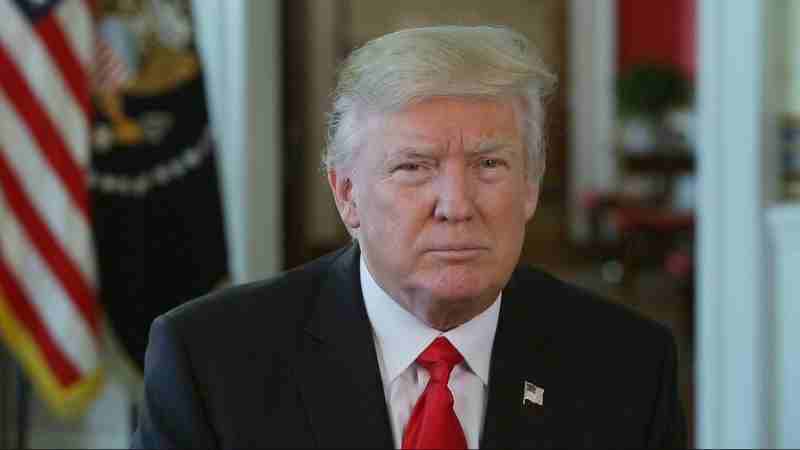
🇺🇸 Six Impacts of Trump’s 25% Tariff and Penalty on Indian Small Businesses — and How They Can Offset the Damage
By Pathway Analysis | RMN Company
On July 30, 2025, U.S. President Donald Trump declared a 25% tariff on Indian exports—along with an additional unspecified penalty tied to India’s energy and arms imports from Russia. These measures are set to take effect starting August 1, prompting serious concern among Indian exporters and small businesses.
1. Revenue Hit for Exports
The new tariffs target most Indian-origin goods except for select sectors such as pharmaceuticals and electronics. According to the Global Trade Research Initiative, Indian goods exports to the U.S. could fall by up to 30%, dropping from USD 86.5 billion to USD 60.6 billion in FY 2026.
2. Sector-Specific Fallout
Industries in textiles, garments, jewellery, engineering goods, leather, and finished minerals—many powered by MSMEs—could bear the brunt. The Engineering Export Promotion Council forecasts a $12 billion blow to engineering exports, while apparel exporters serving U.S. retailers may see orders shift to countries like Vietnam, which are subject to just 20% tariffs.
3. Order Cancellations & Job Loss Risk
Reports from Punjab and Surat—major export hubs—warn of over ₹1 lakh crore in cancelled U.S. orders. This could jeopardize jobs in textile, leather, and gems & jewellery sectors, with ripple effects on tens of thousands of workers.
4. Decline in Competitiveness
India’s manufacturers may lose cost advantage to peers in Bangladesh and Vietnam. Citi research suggests effective Indian tariff levels could be 5–10 percentage points higher, making Indian exports comparatively uncompetitive.
5. Domestic Resilience May Soften the Blow
Experts highlight India’s strong domestic consumption model. With over half of exports exempted and domestic demand robust, the economic GDP hit may remain under 0.2%—though SMEs tied to exports will feel the pinch.
6. Uncertainty from “Penalty” Clause
The “penalty” linked to India’s energy and defense ties with Russia remains undefined, adding uncertainty to trade negotiations. Indian authorities have insisted they prefer no deal over a bad deal, especially if it compromises farmers or MSMEs.
🧩 How Small Businesses Can Offset This Disruption
Despite potential export challenges, small businesses—particularly MSMEs—can take strategic steps to adjust and survive.
Diversify Export Markets
Explore alternate markets such as Southeast Asia, Africa, Latin America, and the Middle East to reduce dependency on the U.S. Importantly, some regions offer similar demand dynamics at lower tariff barriers.
Shift to Value-Added Products
Upgrade offerings from basic goods to branded, higher-margin products. Niche or artisanal items may command premium positioning in domestic and global niche markets.
Leverage Domestic Market Demand
Strengthen domestic sales through digital channels, e‑commerce, and content marketing. India’s strong consumption growth provides a buffer even as exports fall.
Use Content to Build Trust and Visibility
Small brands can leverage platforms like Pathway to publish company stories, product features, CEO commentaries, and investor pitches. Quality narrative-driven exposure helps drive credibility across new markets, including potential business-to-business (B2B) domestic buyers.
Collaborative Marketing & MSME Partnerships
By pooling marketing efforts among clusters of SMEs—especially in the same industry—businesses can lower promotional costs, access training modules, and build campaigns together. Pathway’s 22 Tech Training & Marketing Support Modules can help coordinate these efforts effectively.
Apply for Government or Industry Support
Encourage local MSMEs to explore export incentives, duty credit scrips, EM-II schemes, and support programs via bodies like FIEO, state MSME departments, and trade associations.
🚀 Reinforce Your Brand During Market Stress
With the tariffs looming, it’s more important than ever for small businesses to strategically position their brand—not just through price competitiveness, but through narrative, professionalism, and credibility.
Platforms like Promote with Pathway offer affordable, high-impact content and visibility solutions—including profiles, opinions, and product features—to help businesses reach new audiences and stakeholders.
👉 Learn more here:
Promote with Pathway: Content and Visibility Solutions for Startups and Small Businesses
https://www.rmncompany.com/promote-with-pathway-content-and-visibility-solutions-for-startups-and-small-businesses/
📌 Final Thoughts
Trump’s 25% tariff and penalty on Indian trade from August 1, 2025 is a serious disruption, especially for export-focused SMEs. But with market diversification, domestic focus, collaborative strategies, and storytelling-driven visibility, small businesses can cushion the impact—and continue to thrive.
Stay informed. Stay adaptive. Stay visible.